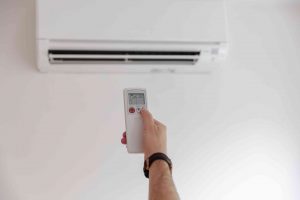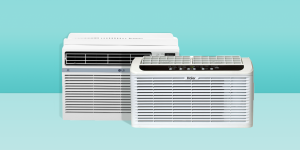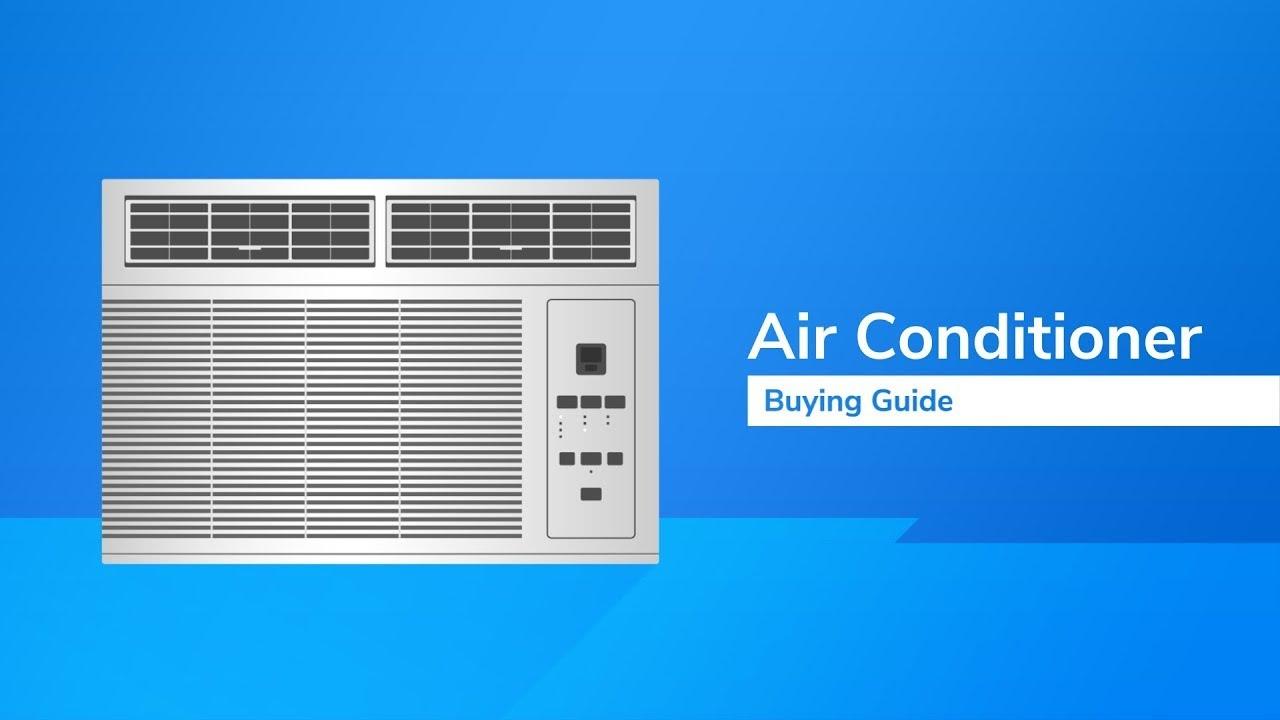What Sizes Do Air Conditioners Come In?
Introduction
Air conditioners are essential appliances that help keep our indoor spaces comfortable during hot and humid weather. They come in various sizes to accommodate different room dimensions and cooling requirements. Understanding the various sizes of air conditioners can assist you in making the right choice for your specific needs. In this article, we will explore the different sizes of air conditioners available in the market and how to select the appropriate size for your space.
1. Types of Air Conditioners
Before diving into the sizes, it is essential to be aware of the different types of air conditioners available. The most common types include:
1.1 Window Air Conditioners
Window air conditioners are single-unit systems designed to be installed in a window or a hole in an exterior wall. These are ideal for cooling individual rooms or small spaces. They are available in various sizes, ranging from 5,000 BTUs to 25,000 BTUs (British Thermal Units).
1.2 Split Air Conditioners
Split air conditioners consist of two main units: an indoor unit and an outdoor compressor. They are more versatile than window units and are suitable for both residential and commercial applications. The cooling capacity of split air conditioners can range from 9,000 BTUs to 36,000 BTUs.

1.3 Portable Air Conditioners
Portable air conditioners are freestanding units that can be moved from room to room. They are relatively easy to install and do not require permanent mounting. Portable air conditioners come in various sizes, generally ranging from 8,000 BTUs to 14,000 BTUs.
2. Understanding BTUs
BTU is a measurement used to determine the cooling capacity of air conditioners. The higher the BTU rating, the more cooling power the unit has. However, selecting an air conditioner solely based on the highest BTU may not be the most efficient option.
3. Choosing the Right Size
Selecting the right size of air conditioner is crucial for optimal cooling performance and energy efficiency. An air conditioner that is too small for the room will struggle to cool the space adequately, leading to higher energy consumption and decreased comfort. On the other hand, an oversized unit will cool the room too quickly, resulting in frequent on/off cycles and higher humidity levels.
3.1 Factors to Consider
Several factors should be taken into account when determining the appropriate size of an air conditioner for your space:
3.1.1 Room Size
Measure the length and width of the room to calculate the square footage. For example, a room that is 12 feet long and 10 feet wide will have a square footage of 120 sq. ft.

3.1.2 Insulation
Consider the insulation of your space. Well-insulated rooms retain cool air better, while poorly insulated rooms may require a larger capacity air conditioner.
3.1.3 Window Size and Placement
If you are opting for a window air conditioner, consider the window size and placement. A larger window may allow for a larger unit, and the location of the window can affect airflow.
3.1.4 Number of Occupants
The number of people occupying the room regularly can impact the cooling load. More occupants generate additional heat, requiring a higher BTU rating.
4. BTU Recommendations Based on Room Size
Here is a general guideline for selecting the appropriate BTU capacity based on room size:
4.1 Small Rooms (100 to 300 sq. ft.)
For small bedrooms or office spaces, a unit with 5,000 to 7,000 BTUs should be sufficient.
4.2 Medium Rooms (250 to 550 sq. ft.)
Medium-sized living rooms or dining areas will typically require air conditioners with a capacity of 8,000 to 12,000 BTUs.
4.3 Large Rooms (350 to 950 sq. ft.)
Large master bedrooms or open-concept spaces may need air conditioners ranging from 14,000 to 18,000 BTUs.
4.4 Commercial Spaces (1,000 sq. ft. and above)
Commercial spaces, such as restaurants or retail stores, might require air conditioners with a capacity of 20,000 BTUs or higher.
5. Conclusion
Choosing the right size of an air conditioner is crucial for maintaining a comfortable indoor environment while also optimizing energy efficiency. By considering factors such as room size, insulation, window placement, and the number of occupants, you can accurately determine the appropriate BTU rating for your space. Keep in mind that following these guidelines can lead to a more comfortable and energy-efficient cooling experience during the hot summer months. https://jbqualityairconditioning.com.au/evaporative-air-conditioner-repairs-paralowie/
With the knowledge gained from this article, you can now confidently select the perfect air conditioner size that meets your cooling needs and ensures a pleasant living environment throughout the hottest seasons of the year.


